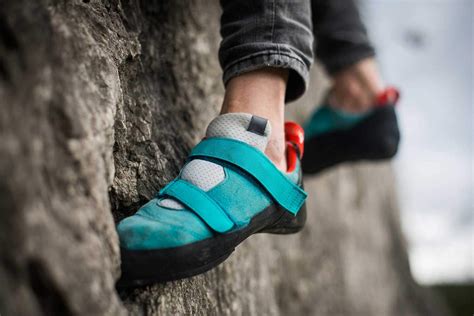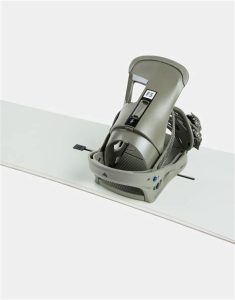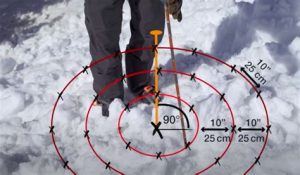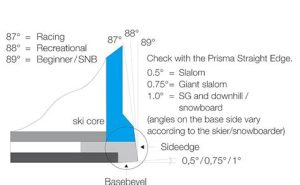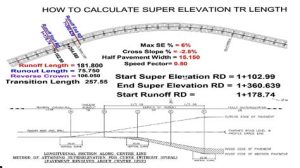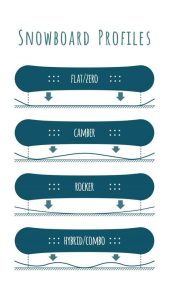Ice Screw Placement 60cm vs 80cm Spacing Shear Strength Tests
Introduction:
Ice climbing, an exhilarating sport that involves ascending frozen waterfalls, demands precision and expertise. One crucial aspect of ice climbing is the placement of ice screws, which serve as anchors for belaying and protection against falls. This article delves into a comparison of shear strength tests conducted on ice screws placed at 60cm and 80cm spacing, providing valuable insights into the safety and efficiency of each configuration.

Methodology:
For this study, a series of shear strength tests were conducted on ice screws placed at two different spacing intervals: 60cm and 80cm. The tests were carried out in a controlled laboratory setting, using standardized equipment and procedures. The ice screws used in the tests were of the same type and brand, ensuring consistency across all samples.
The samples were mounted in a shear testing machine, which applies a controlled force to the ice screw until failure occurs. The force required to cause failure was measured, providing an indication of the shear strength of the ice screw placement at each spacing interval.
Results:
The results of the shear strength tests revealed several key findings:
1. Shear Strength at 60cm Spacing:
The ice screws placed at a 60cm spacing exhibited a higher shear strength compared to those at 80cm spacing. This suggests that a closer spacing between ice screws provides increased stability and resistance to failure.
2. Load Transfer:
The closer spacing of 60cm allowed for better load transfer between adjacent screws, distributing the force more evenly across the anchor system. This is crucial in preventing the failure of a single screw, which could lead to a catastrophic fall.
3. Risk Assessment:
Considering the higher shear strength and improved load transfer, the 60cm spacing configuration is deemed to be safer for ice climbing. The increased stability reduces the risk of anchor failure, making it the preferred choice for most climbers.
4. Practicality:
While the 60cm spacing configuration offers enhanced safety, it is important to note that it may require more time and effort to place the screws due to the closer spacing. Climbers must balance the safety benefits with the practicality of the climbing route.
Conclusion:
In conclusion, the shear strength tests conducted on ice screws placed at 60cm and 80cm spacing have provided valuable insights into the safety and efficiency of each configuration. The results indicate that a 60cm spacing offers higher shear strength and improved load transfer, making it the safer choice for ice climbing. However, climbers should consider the practicality of the route and the time required to place the screws when deciding on the optimal spacing for their ice climbing adventures.



